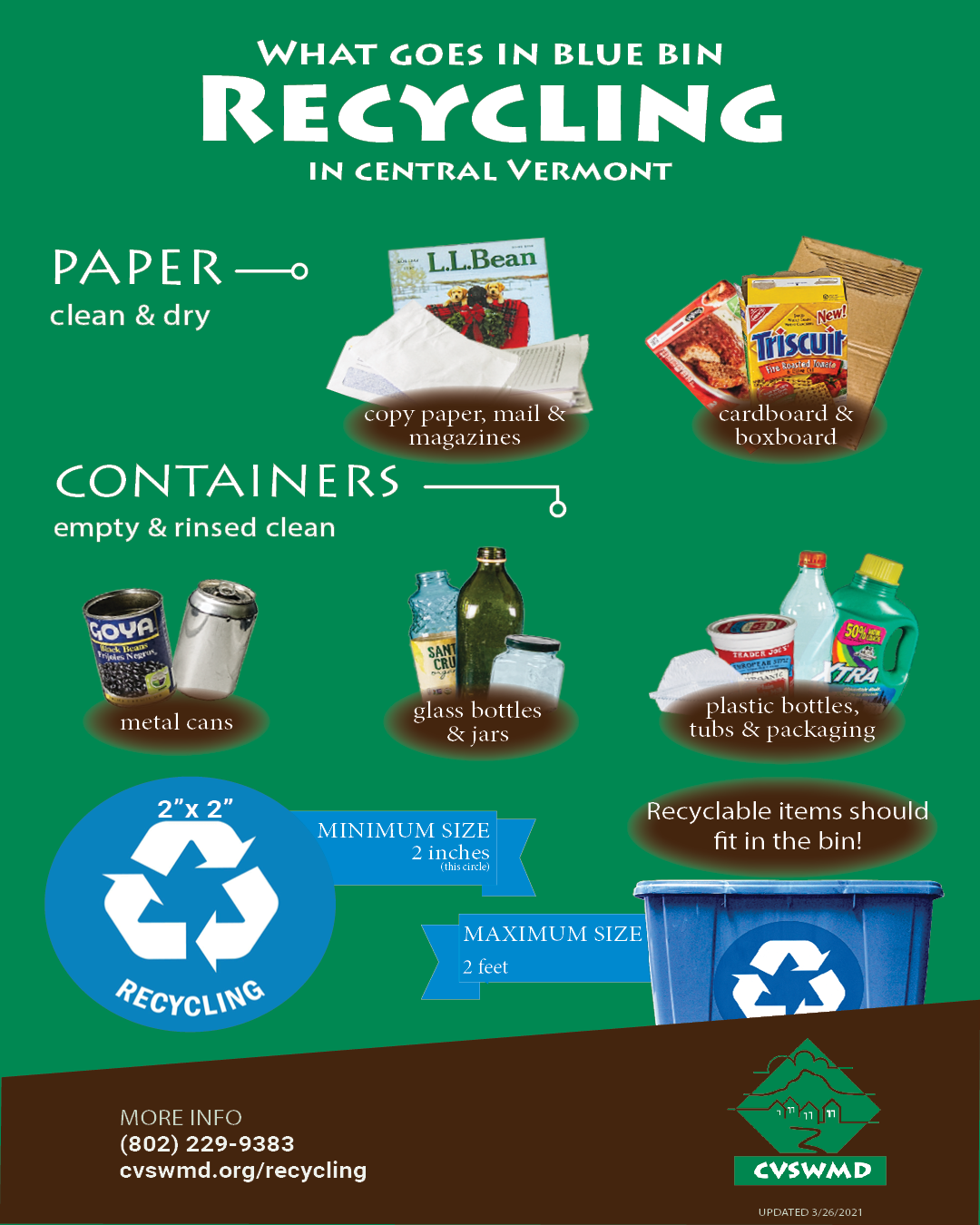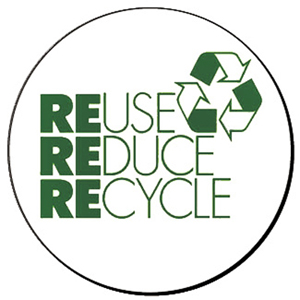Understanding the Category and Handling of Different Sorts Of Waste
Efficient waste administration is essential for environmental sustainability, calling for a thorough understanding of the category and handling of different waste kinds. Family waste, commercial spin-offs, unsafe materials, electronic refuse, and organic residues each necessitate distinctive procedures to ensure safety and security and minimize eco-friendly damage. Implementing correct segregation, therapy, and disposal approaches is necessary to minimize unfavorable environmental influences and advertise resource conservation. For circumstances, the composting of organic waste contrasts dramatically with the intricate procedures needed to manage dangerous substances. This diverse technique to waste administration emphasizes its intricacy and the critical demand for specialized knowledge in this domain.

Home Waste
House waste, including a wide variety of thrown out materials produced from everyday living tasks, represents a considerable component of the overall waste stream - recycling lives services. This group includes organic waste such as food scraps, backyard trimmings, and paper products, alongside inorganic products like plastics, metals, and glass. The varied nature of house waste necessitates efficient classification and management to reduce environmental influence and advertise lasting living practices
Efficient household waste management starts with segregation at the resource, helping with recycling, composting, and secure disposal. Organic waste, for example, can be composted to create nutrient-rich soil modifications, decreasing garbage dump worry and boosting soil health. Recyclable materials, consisting of paper, glass, and particular plastics, can be processed and repurposed, saving sources and minimizing power intake related to brand-new material production.
Moreover, harmful household waste such as batteries, digital devices, and cleaning chemicals needs specialized managing to avoid dirt and water contamination. Public understanding campaigns and hassle-free disposal options play important duties in making certain proper disposal and recycling of these products. By implementing durable waste decrease techniques and fostering neighborhood involvement, districts can significantly alleviate the environmental impact of family waste.
Hazardous Waste
Industrial waste, a significant factor to global waste generation, incorporates a varied array of materials created by production, construction, and other industrial tasks. This classification consists of spin-offs such as scrap metal, plastics, rubber, chemicals, and various other deposits. The make-up and volume of commercial waste can differ significantly depending upon the sector and manufacturing processes entailed. Effective monitoring of commercial waste is critical for reducing environmental effect and advertising lasting methods.
The handling of hazardous waste usually includes a number of processes: collection, treatment, disposal, and partition. Collection systems are designed to effectively gather waste products from various sources within an industrial procedure. Segregation is vital, as it makes certain recyclable products are separated from non-recyclable ones, which can be guided towards appropriate recycling or disposal networks. Therapy processes, consisting of physical, chemical, and organic techniques, are used to lower the poisoning, volume, and environmental influence of the waste. Disposal approaches like landfilling or incineration are utilized for waste that can not be reused or dealt with.
Adopting methods such as waste minimization, resource recovery, and recycling can dramatically reduce the concern of commercial waste on the atmosphere, contributing to more sustainable commercial practices.
Hazardous Waste

Corrosive wastes can harm or ruin living products and cells. Flammable wastes can quickly spark, posturing fire threats, while reactive wastes can create surges or launch toxic gases upon call with other compounds.
Reliable dangerous waste administration entails numerous key techniques: recognition and partition of dangerous products, secure transport and storage space, and appropriate therapy and disposal. Treatment methods may consist of chemical neutralization, incineration, and stabilization. Governing conformity is vital, directed by structures such as the Source Conservation and Healing Act (RCRA) in the United States, which ensures eco sound and secure management of hazardous waste.
Digital Waste
Electronic waste, frequently abbreviated as e-waste, represents an expanding difficulty in waste management due to the quick obsolescence of modern technology. This classification includes a broad variety of thrown out electronic tools, consisting of smartphones, computers, televisions, and household appliances. The intricacy of e-waste exists in its composition; these items have a mixture of useful materials such as gold and copper, along with hazardous substances like mercury, lead, and cadmium.

Legislation and regulations, a knockout post such as the European Union's Waste Electrical and Digital Equipment (WEEE) Regulation, purpose to advertise accountable e-waste administration. These plans mandate makers to assist in the collection and recycling of electronic products, therefore decreasing the burden on landfills and decreasing environmental contamination.
Organic Waste
Organic waste, incorporating biodegradable materials such as food scraps, backyard trimmings, and farming residues, makes up a considerable part of the municipal strong waste stream. This type of waste is notable not only for its quantity but likewise for its potential environmental impact if not taken care of properly. Organic waste can break down anaerobically in landfills, producing methane, a powerful greenhouse gas adding to environment modification.
Appropriate handling of organic waste involves several approaches. Composting is a widely adopted technique, transforming organic products into important garden compost that can enrich dirt and support sustainable agriculture. This process likewise reduces the quantity of waste sent to land fills. Another technique is anaerobic food digestion, which damages down raw material in the absence of oxygen, generating biogas that can be made use of as a sustainable power resource. In addition, diverting food waste from garbage dumps through donation programs can minimize food instability while decreasing waste.
Municipalities and services are progressively identifying the relevance of natural waste administration. Carrying out detailed organic waste recycling programs not only reduces ecological effects but also straightens with wider sustainability objectives, advertising a round economy where resources are constantly recycled and repurposed.
Verdict
Effective waste monitoring and ecological defense require an extensive understanding of the classification and handling of numerous waste kinds. Family, industrial, hazardous, digital, and organic waste each need distinctive treatments for partition, therapy, and disposal. Correct monitoring minimizes environmental impact, preserves resources, and promotes sustainability. Carrying out suitable techniques for each and every waste kind makes certain risk-free and accountable waste monitoring techniques, ultimately contributing to the defense of communities and public health and wellness.
Reliable waste monitoring is crucial for environmental sustainability, requiring a detailed understanding of the classification and handling of various waste types.Household waste, incorporating a broad variety of thrown out materials produced from everyday living tasks, represents a considerable element of the total waste stream.Industrial waste, a major contributor to global waste generation, includes a varied array of materials created by production, building and construction, and other commercial activities (recycling lives services).Unsafe waste, a crucial worry in waste management, consists of products that position considerable dangers to human health and wellness and the environment due to their poisonous, corrosive, combustible, or responsive Home Page homes.Organic waste, encompassing biodegradable materials such as food scraps, backyard trimmings, and farming deposits, constitutes a significant part of the local solid waste stream